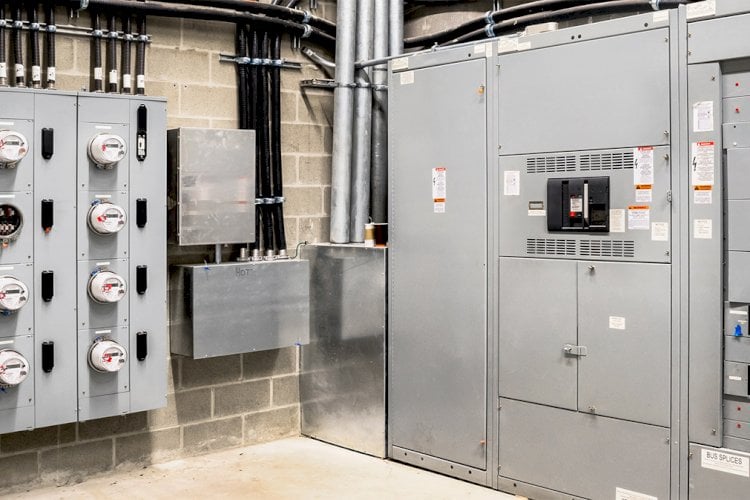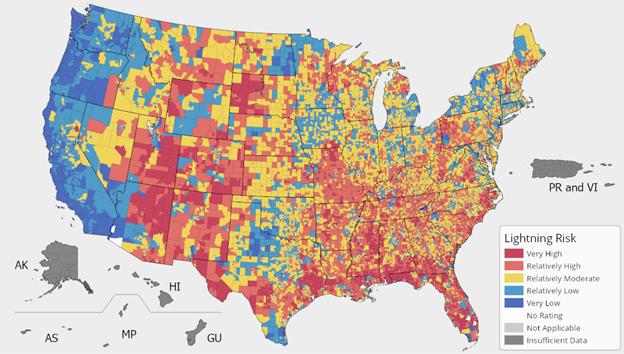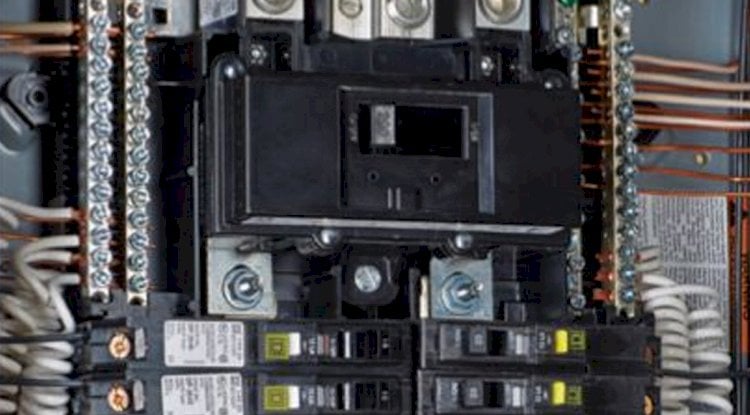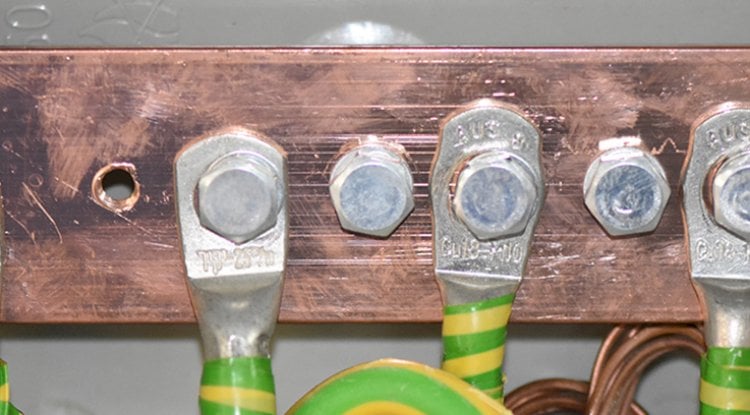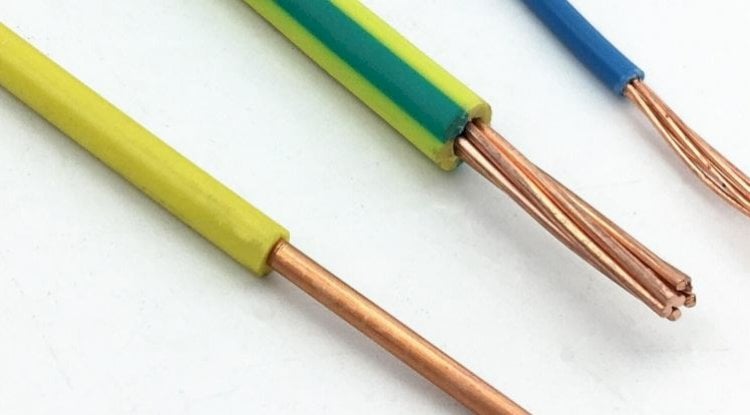Installing (or not installing) a neutral-to-ground bond in your electrical panel is an especially important decision that impacts the electrical safety of the entire facility and all the people that will be in it. It is a decision within which you, the electrician, literally have the lives of everyone that will ever go into that facility in your hands.
The neutral-to-ground bond is a topic that you should understand thoroughly before deciding whether or not to install the bond. Installing the bond can be just as dangerous to persons as not installing it can be.
First, it is important to understand the roles of neutral and ground wires within our electrical circuits:
- Neutral wires are hazardous-live-parts; that is, they are normally current-carrying conductors that carry the same amount of electrical current as our hot wires. Within our electrical codes, neutral wires are treated exactly the same as hot wires: they are insulated and made inaccessible to people.
- Ground (or Protective Earth) wires are normally non-current-carrying conductors and are designed to be the low-impedance, fault-current path during accidental fault conditions. Within our electrical codes, ground wires are treated the same as all other exposed touchable metallic objects. Ground wires are often not insulated (bare) and are accessible to people.
In a properly designed circuit, during normal operations, we want all neutral currents to return back to the source transformer on the neutral wires and not on the ground wires (NEC 250.6 Objectionable Currents). Additionally, during an electrical fault, a properly designed circuit will have a ground wire with a low impedance path back to the transformer to ensure that enough current will flow to quickly trip the circuit breaker.
The reason we sometimes bond the neutral and ground wire in the main panel is for cost savings. There is no electrical engineering advantage in this bond; it is there because it is often cheaper to install a jumper wire than it is to route a ground wire all the way from the transformer to the panel.
Note that our electrical power circuits have two jobs: First, it is a path for normal operating currents on which to return to the transformer (i.e., the neutral). Second, it is a path for fault currents on which to return back to the transformer (i.e., the ground).
When we do not pull a ground wire from the transformer to the panel, we must assign the role of the fault current path to the neutral wire, via a bond in the electrical panel. This means the neutral conductor from the panel to the transformer now fulfills two jobs: it must be both the normal current return path AND the fault current return path.
Under the International Electrical Code (IEC), we would call a conductor that has to be both the Protective Earth (PE) or ground, and the Neutral (N) conductor, a PE+N or PEN Conductor.
You may wish to review the following section of the National Electrical Code (NEC):
When to make a neutral-to-ground connection:
- NEC Article 250.24(B)
- NEC Article 250.28
Note: One of the single biggest misunderstandings in the NEC is Article 250.28 “Main Bonding Jumper and System Bonding Jumper”. Many electrical engineers and electricians erroneously misinterpret this code and think that it mandates a neutral-to-ground bond in every first-service panel. That is NOT what the code says. NEC 250.28 simply states that on the occasions when a neutral-to-ground (bonding jumper) is installed, the jumper itself must meet certain physical requirements regarding materials and construction.
When NOT to make a neutral-to-ground connection:
- NEC Articles 250.6(B)
- 250.24(A)(5) HB Notes
- 250.30 HB Notes “Application Examples 1, 2 and 3”
- 250.30(A)
- 250.30(A) HB Notes “Common Misconception”
- 250.30(A)(1)
- 250.30(A)(1) Exception #2
- 250.30(A)(1) Exception #3 (a) and (b)
- 250.30(A)(5) HB notes
- 250.32(B)(1) HB notes
- 250.142(B)
- HB Exhibit 250.8
Note: The NEC has at least 12 different areas where they explain when NOT to make neutral-to-ground bonds in an electrical panel. However, the authors of the Code really need to clarify this entire issue in the next edition of the Code.
Here are a few simple rules that you can apply to your electrical circuit:
- If your electrical panel is a subpanel, then NO, you do not make a neutral-to-ground connection. You should have an equipment grounding conductor routed to your sub-panel that is in compliance with NEC Table 250.122.
- If your electrical panel is the first service disconnect point, AND the utility has only provided normally current-carrying conductors (phase and neutral wires), then YES, you must make a neutral-to-ground connection (i.e., 3-phase/4-wire or 1-phase/3-wire).
- If your electrical panel is the first service disconnect point, and the utility has only provided normally current-carrying conductors (phase and neutral wires) PLUS a ground wire, then NO, you do not make a neutral-to-ground connection (i.e., 3-phase/5-wire or 1-phase/4-wire).
One exception to these rules is an intentional or unintentional continuous metallic path from the source transformer and the main electrical panel (see NEC 250.32). You can check this simply by measuring the resistance between the source transformers chassis (case) and the touchable metal enclosure of the main electrical panel.
- A high-resistance reading (typically greater than 200 ohms) indicates that there are no metallic paths between the panel and the transformer, and therefore a neutral-to-ground bond in a grounded system is required.
- A low-resistance reading (less than 1 ohm) indicates that a continuous metallic path does exist, and that a neutral-to-ground bond should NOT be installed. You should also go back and install a ground wire (5-wire system) between the source transformer and the panel.
- Unfortunately, the NEC does not tell us what to do when the measured resistance between the panel and the transformer chassis is between 1 and 200 ohms. However, the IEC does provide guidance in this scenario (for our IEC clients, this is the classic TT vs. TN-C-S vs. TN-S systems debate). E&S would recommend that you convert your 3-phase/4-wire or 1-phase/3-wire to a 3-phase/5-wire or 1-phase/4-wire system by pulling a ground wire from the transformer to the main panel and removing any neutral-to-ground bonds in the panel. Note: The reason for this is because the soil resistivity of the earth itself can be so conductive that it can act as a conductor enabling neutral currents to travel through the earth back to the transformer during normal operating conditions.
As you can see, understanding why and when to place neutral-to-ground bonds in your main electrical cabinets can be confusing. In fact, it is arguably the single most confusing and dangerous concept in the National Electrical Code (NEC). It is dangerous because improperly applied neutral-to-ground bonds are a leading cause of electrocutions to persons within NEC-based countries.
If you are even vaguely uncertain about whether to install a neutral-to-ground bond in your electrical cabinet or not, please contact a licensed electrician right away. Installing or not installing a neutral-to-ground bond can literally be a life-or-death decision.
Let's Talk! Schedule a FREE Phone Consultation Today.
Wherever you're located, learn how good a fit we are for your project.

